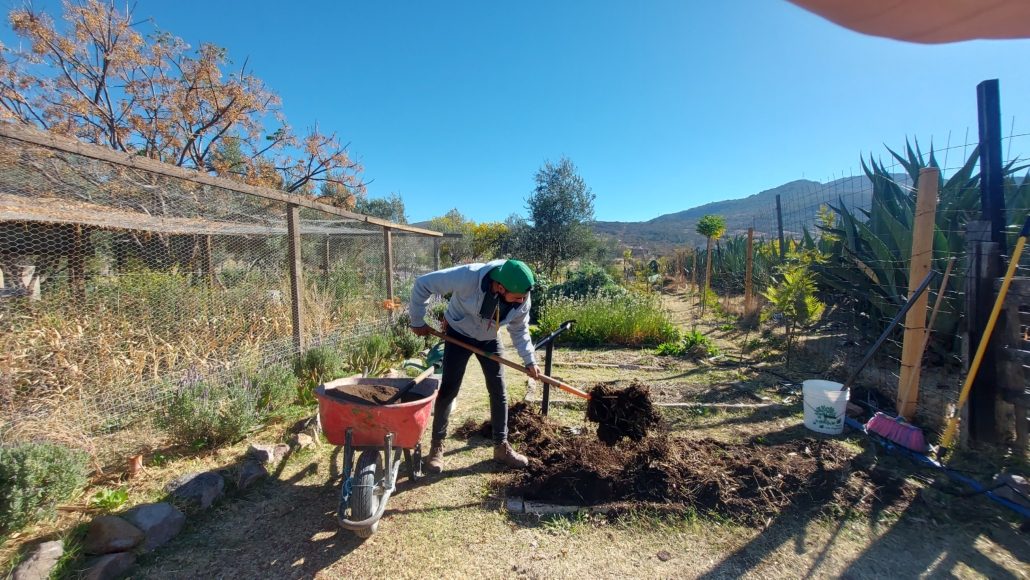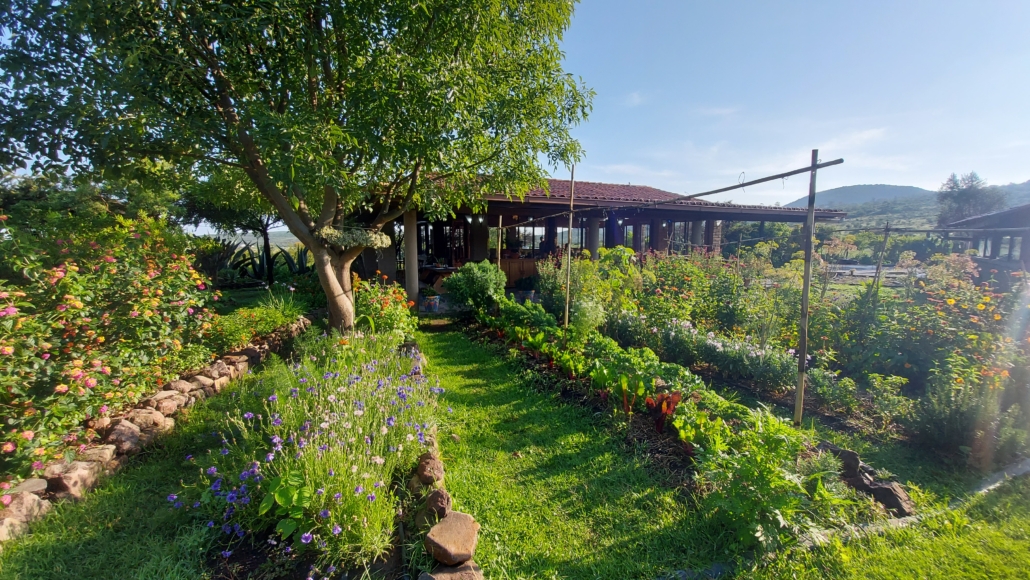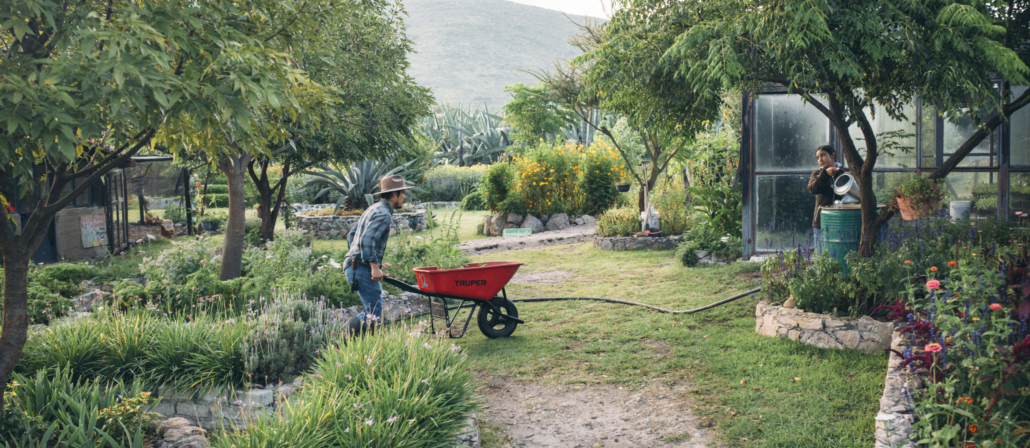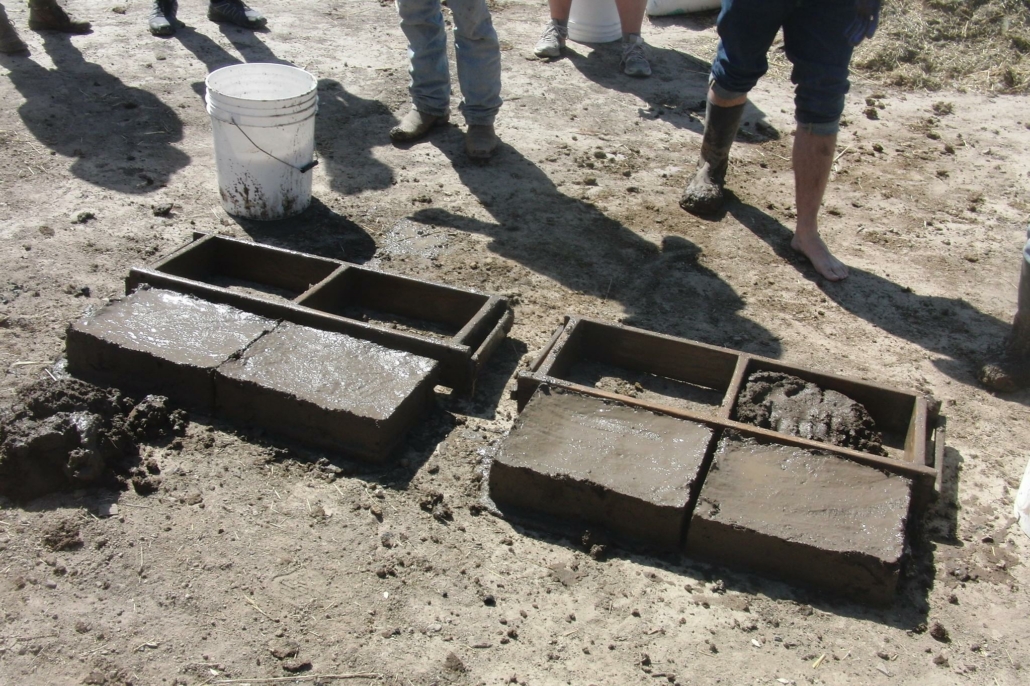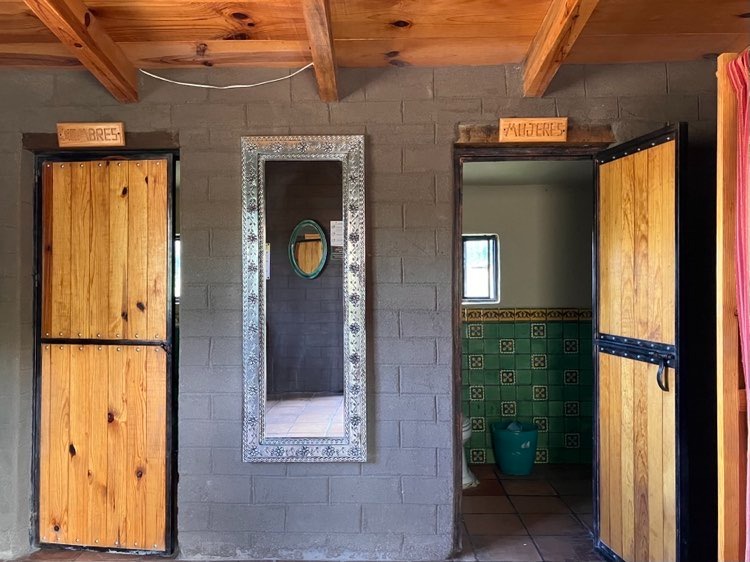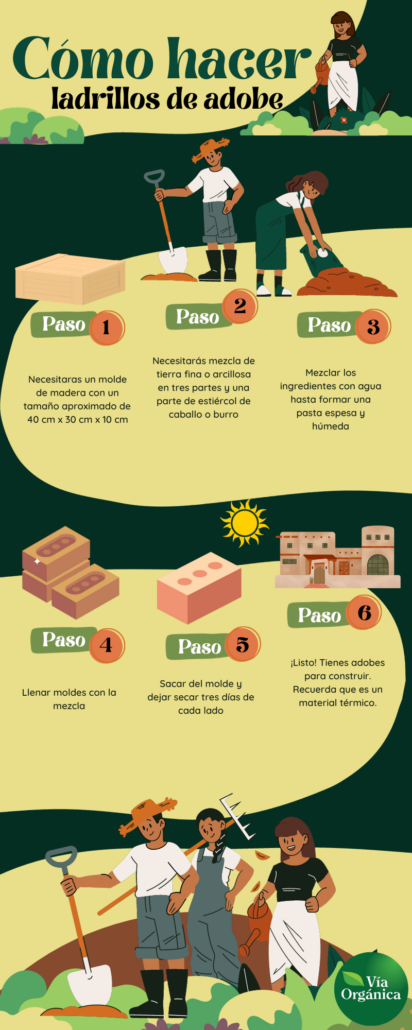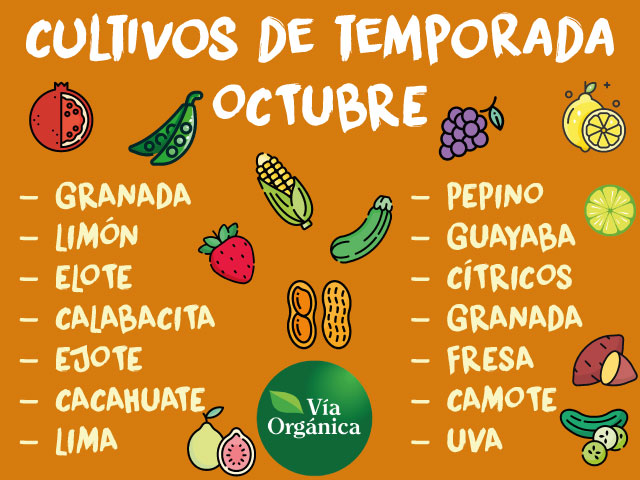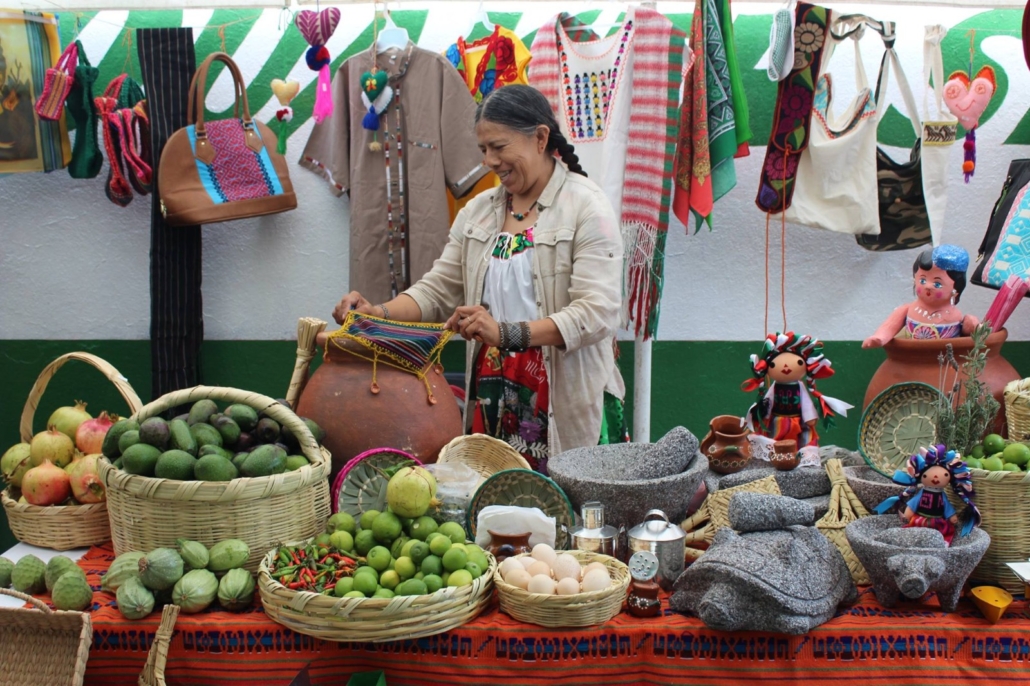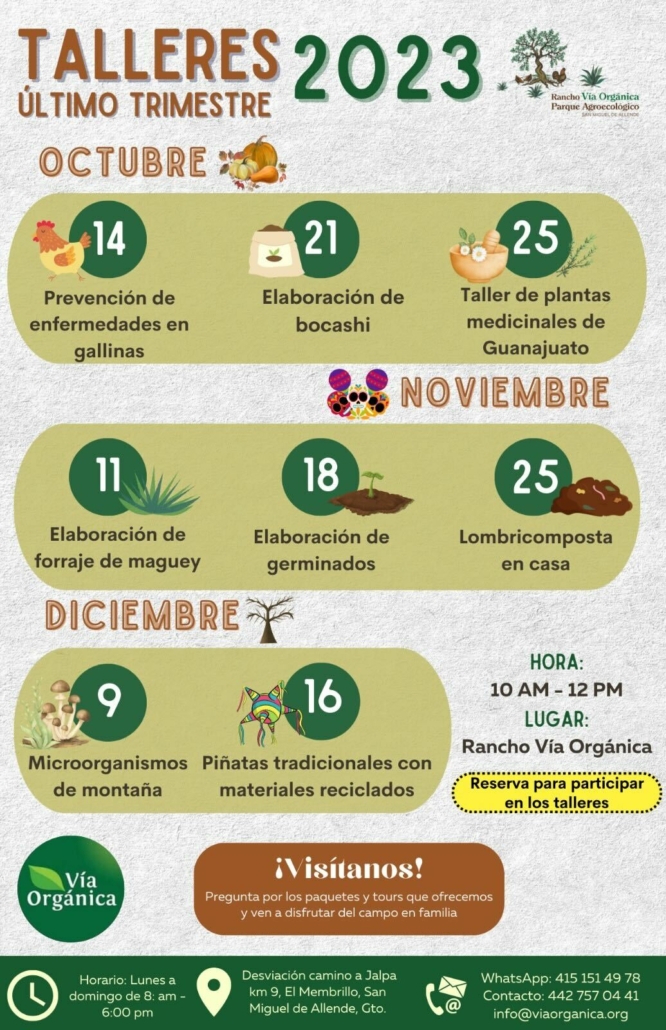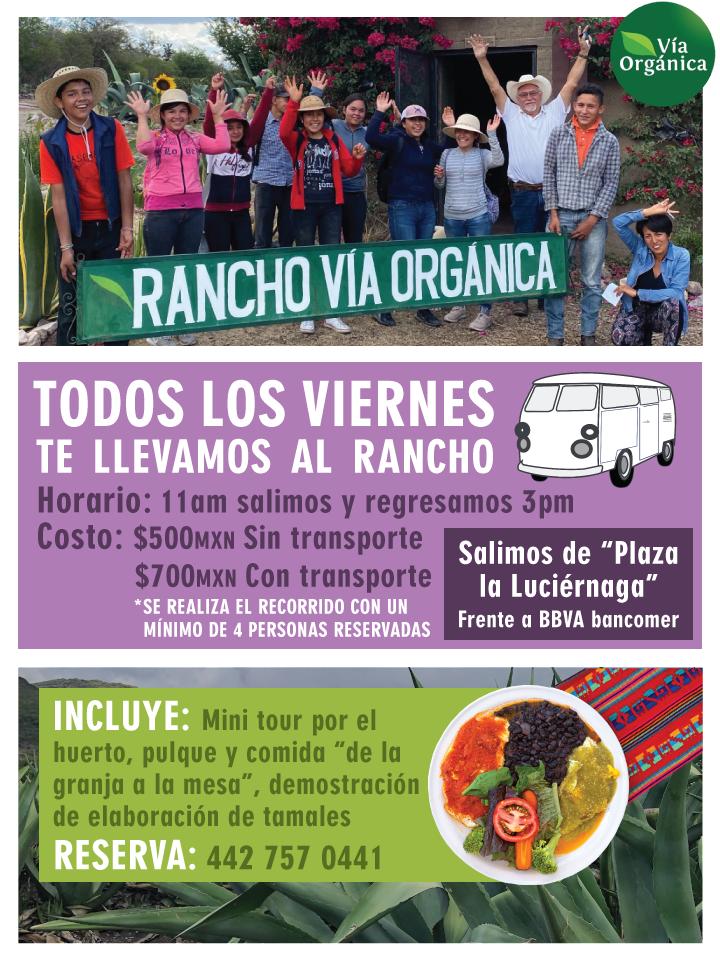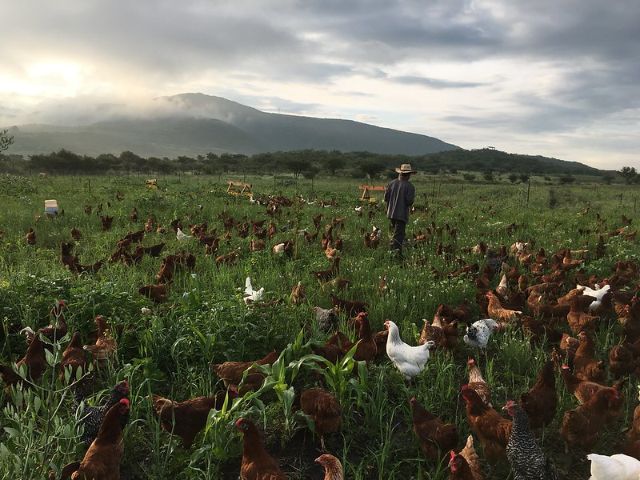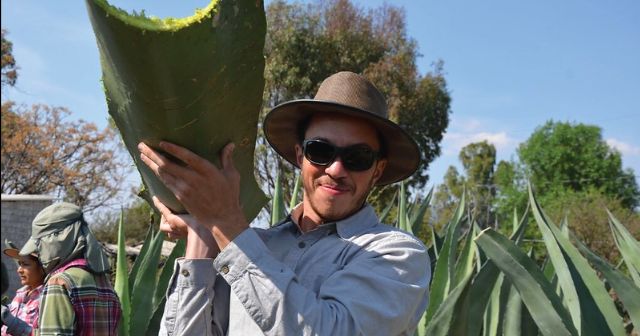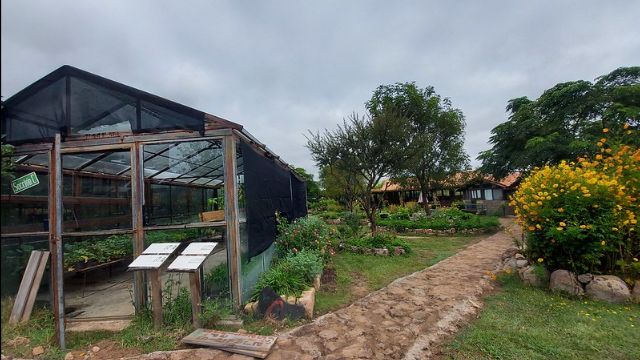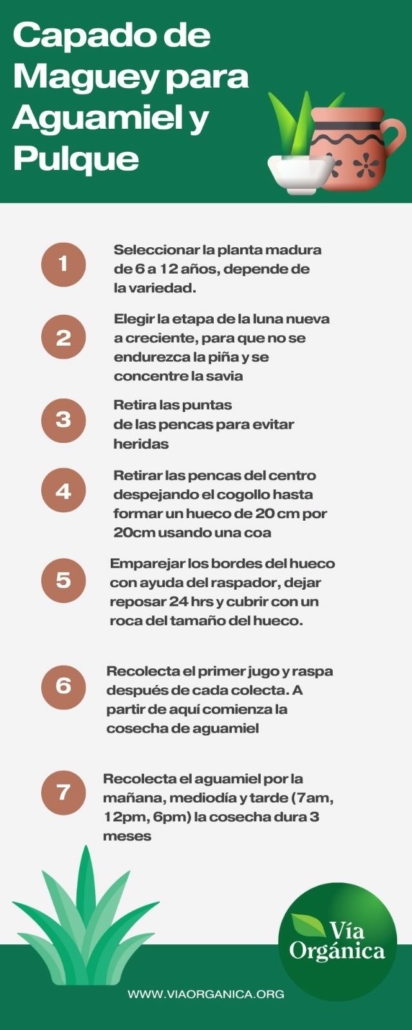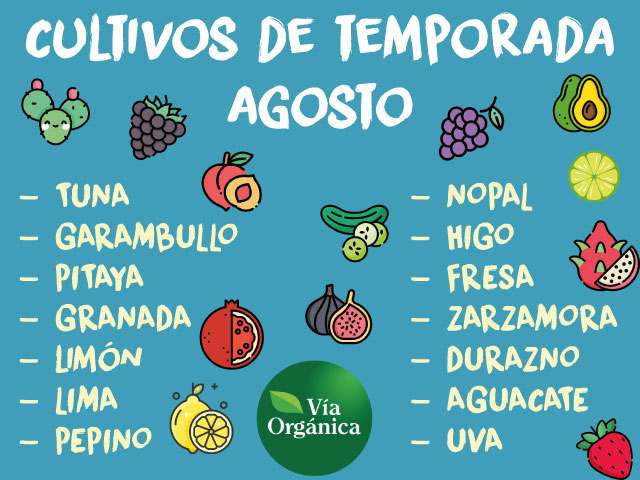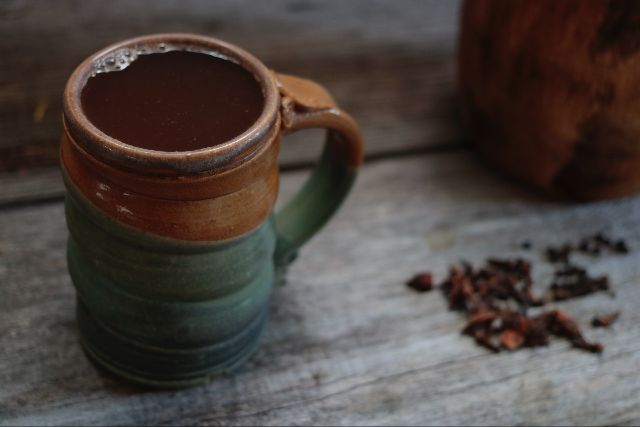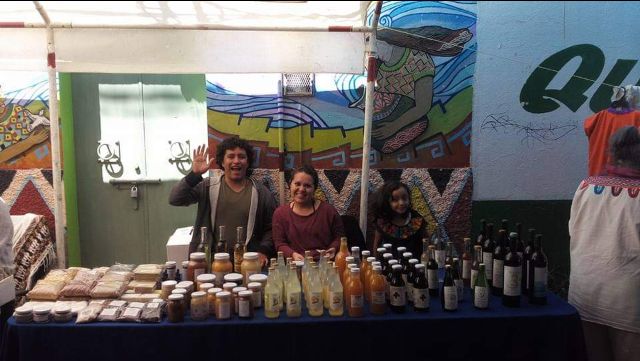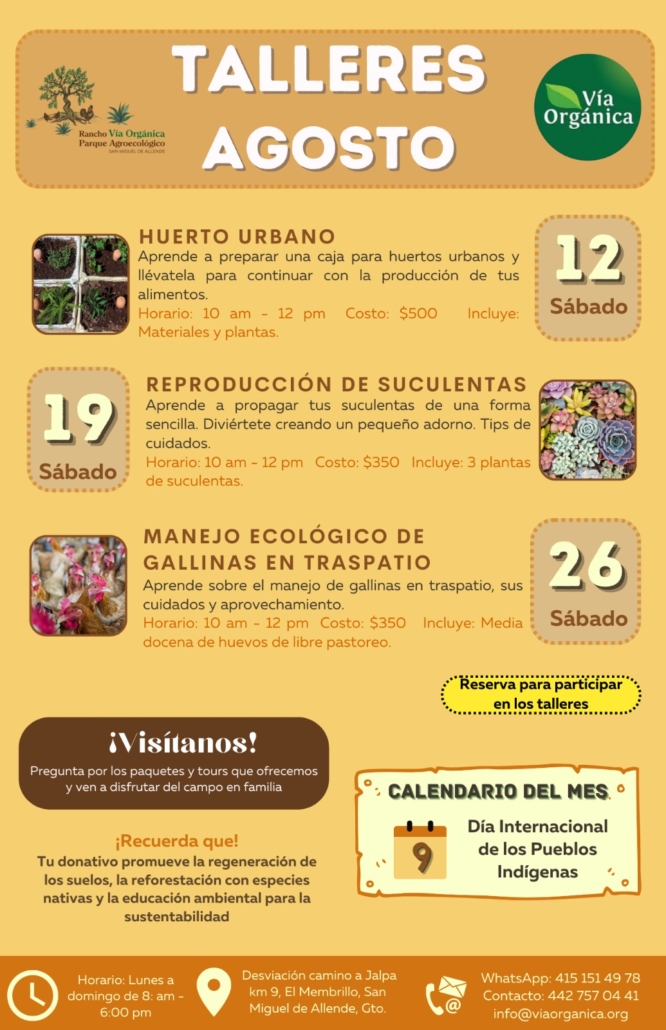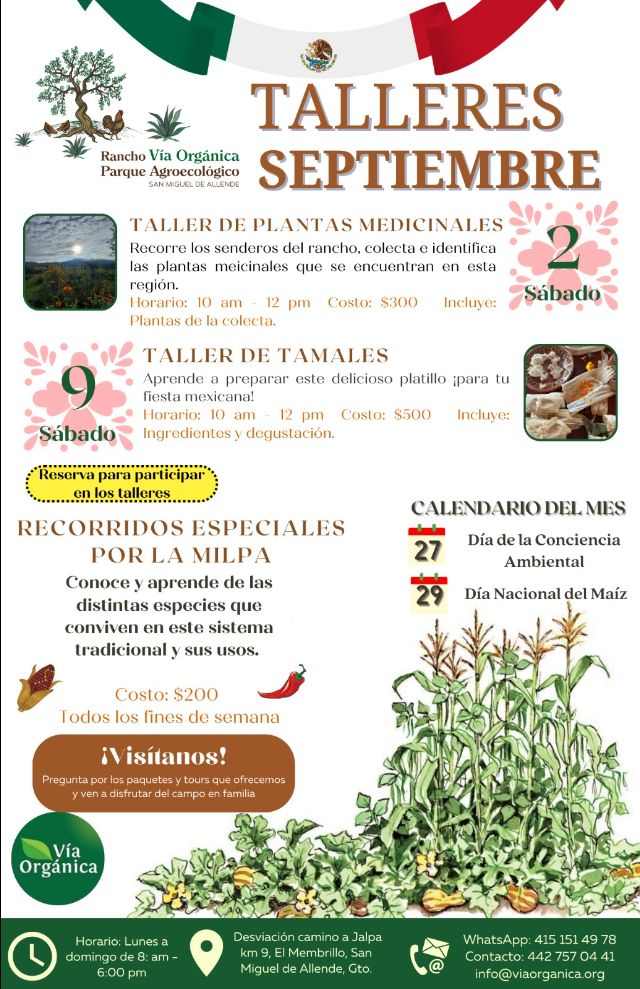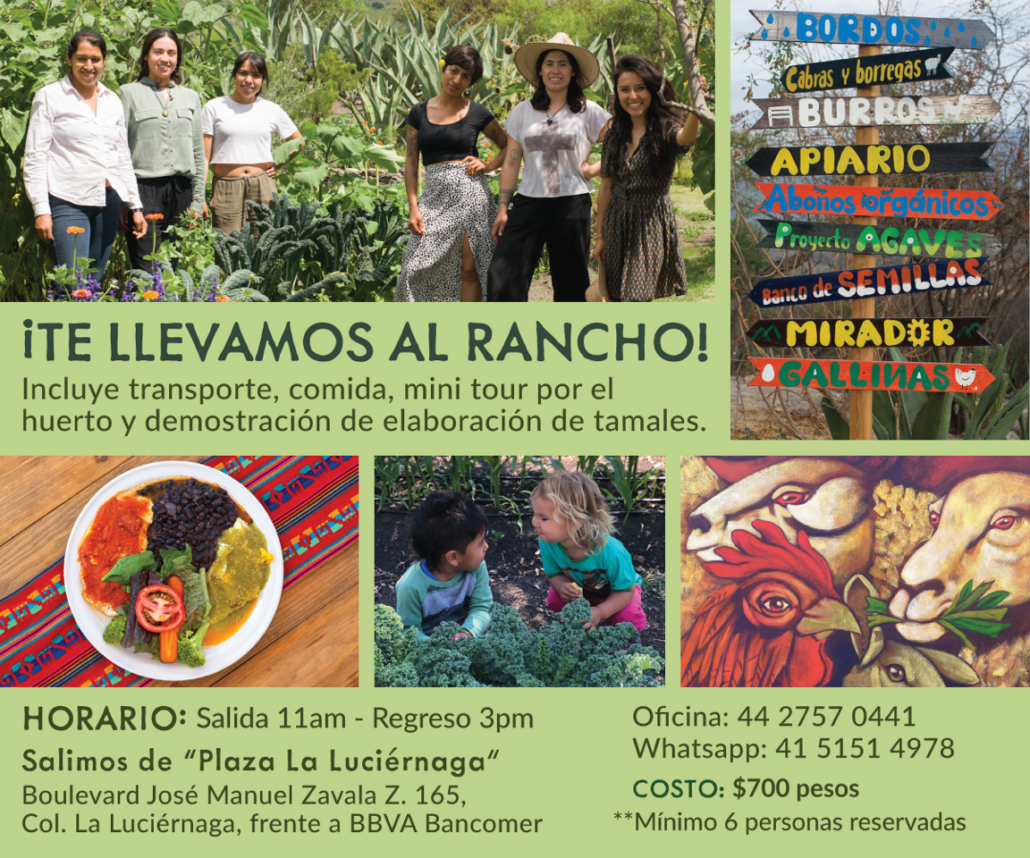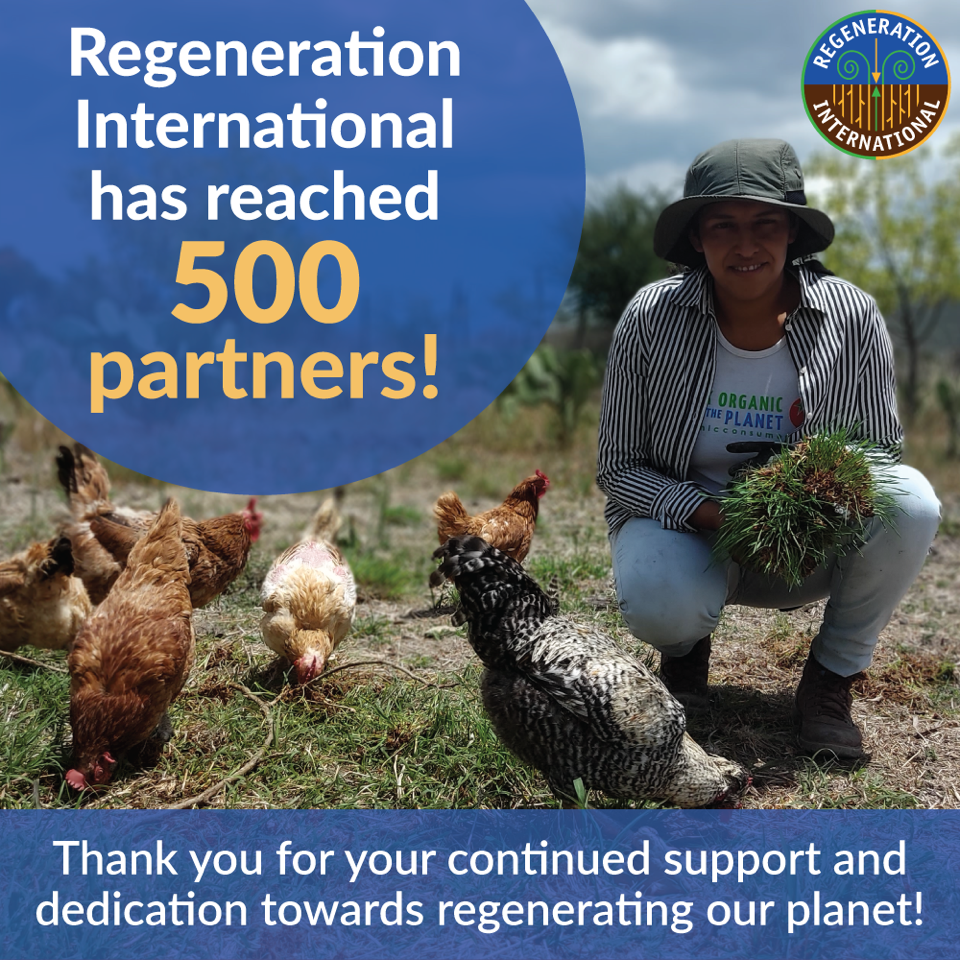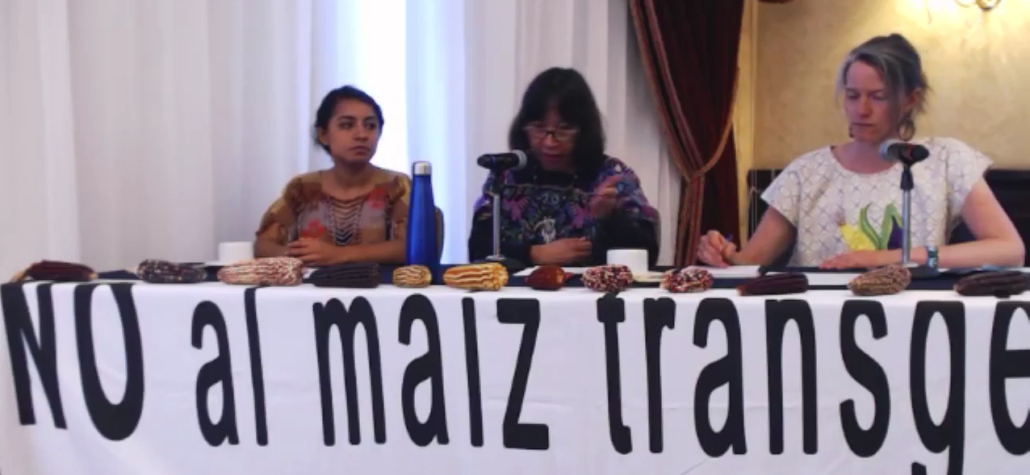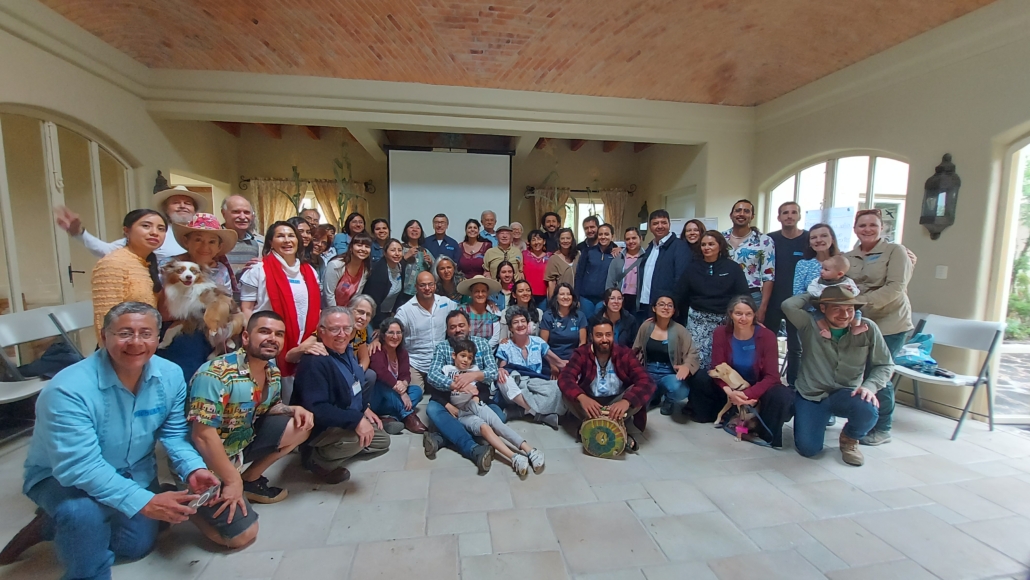Regeneration International and the Organic Consumers Association are boycotting COP28. We have participated in every COP since in Paris in 2015
The ministers from 196 countries, their entourages of staff, UN bureaucrats, and corporate executives will fly into Dubai in private jets and on first-class tickets. They will stay in 5-star hotels, eat in the finest restaurants, and be chauffeured in expensive luxury limousines to and from the talkfest at taxpayers’ expense. Hundreds of millions of dollars will be wasted on this extravagant display of corrupt excess. And don’t forget their massive greenhouse gas emissions contributing to climate change.
Like many other not-for-profit organizations, we have spent much money, time, and effort attending these events to stop catastrophic climate change. We flew cattle class, stayed in overpriced dives, and caught public transport to the meetings. We were allowed to observe but not participate in the negotiations. We were segregated in an observers area where we could hold side events to give our messages to a handful of like-minded people, preaching to the converted instead of being able to influence the negotiators.
The polluters have hijacked these international meetings. It is a classic case of regulatory capture, where instead of working for the people, the regulators work for the polluters. This year, COP 28 is being run by the Middle East oil and gas industry. COP 28 is being held in the United Arab Emirates (UAE), one of the ten largest oil producers in the world.
Sultan Al Jaber, the CEO of the UAE’s state oil company, Adnoc, has been appointed as the President of COP 28. The Organisation of Petroleum Exporting Countries (OPEC) stated that
Adnoc, pumped 2.7 million barrels of oil per day in 2021. Sultan Al Jaber plans to increase production to five million barrels daily by 2027.
The COPs have been a total failure as the rate of greenhouse gas emissions continuously increases. The international agreements are worthless as the targets are not being met. The fact that this northern hemisphere summer was the hottest on record says everything about the success of the previous 26 United Nations Climate Change COPs that started from the Rio Summit in 1992. 30 wasted years.
Carbon dioxide (CO2) is the main greenhouse gas (GHG). The Mauna Loa Observatory on Hawaii’s big island measured CO2 at an average of 424 parts per million (ppm) in May 2023, the highest in 800,000 years. It is up 3 ppm on the May 2022 average, according to National Oceanic and Atmospheric Administration (NOAA) data.
401 ppm CO2 was recorded in 2015, the year the United Nations Paris Agreement was adopted by 196 countries as an international treaty on climate change. The goal was to limit global warming to below 2, preferably to 1.5 degrees Celsius (2.7 to 3.6 °F).
CO2 emissions have been increasing by about 2.87 ppm per year since 2015. Emissions increased at 2 ppm per year in the decade before the Paris Agreement, so the emissions rate is rapidly accelerating. The Paris Agreement is a meaningless piece of paper as most countries are exceeding the emission reduction targets they committed to in 2015.
The Intergovernmental Panel on Climate Change (IPCC) stated that the temperature will overshoot the Paris Agreement targets without additional mitigation to draw down this excess CO2. Global mean surface temperatures in 2100 will range from 6.7 to 8.6 °F (3.7 °C to 4.8 °C) compared to pre-industrial levels.
The targets have already been overshot, and the emissions rate is accelerating. Reducing emissions and transitioning to renewable energy are no longer sufficient to stop severe warming.
The IPPC states that the only way to limit global warming to 2.7 °F (1.5 °C) is to achieve net negative emissions (reverse emissions) by using carbon dioxide removal (CDR) to draw down CO2 from the atmosphere. It advocated for CDR technologies such as regenerating natural ecosystems and soil carbon sequestration.
Unfortunately, the opposite is happening. Instead of actively reducing emissions, scaling up renewable energy, regenerating natural ecosystems, and increasing soil carbon sequestration, money is being wasted on greenwashing scams and corruption.
Blood Carbon
To justify increasing their fossil fuel emissions, countries such as the United Arab Emirates (UAE) are funding dubious carbon trading schemes. The worst of these are called ‘Blood Carbon’ due to the way they are illegally evicting the First Nations owners from their land. It is a repeat of colonialism as they are stealing the land for these schemes.
A distressing example is the signed Framework of Collaboration (FOC) between UAE’s Blue Carbon and the Republic of Kenya for developing REDD+ projects and the origination of carbon credits for millions of acres on October 25, 2023. Before signing this agreement, a delegation of official representatives from Kenya, including the Deputy Director of Climate Change Mitigation, visited Blue Carbon’s offices in the UAE to discuss potential avenues of collaboration and opportunities.
This FOC closely followed a partnership announcement between Blue Carbon and the Republic of Zimbabwe on developing REDD+ projects on 18,750,000 acres (7.5 million hectares). Blue Carbon’s parent company, Global Carbon Investments, agreed to secure $1.5 billion for financing carbon credits in Zimbabwe. Blue Carbon recently signed MOUs with Liberia, Zambia, Tanzania, and Pakistan.
In October, before Kenya signed the FOC with Blue Carbon, the Kenyan president, William Ruto, ordered security agencies to remove the Ogiek people from the Mau Forest, the largest forest in the country. Ruto stated this was to drive Kenya’s climate change action. Forest rangers would evict the “illegal settlers,” causing the “wanton destruction of forests.” He further stated that protecting Mau forest resources was necessary to fight the climate crisis.

Ogiek woman Elisabeth Tabinoy sits in front of the remains of her torched and smashed home after a previous eviction. Ngongeri, Njoro, Kenya. © Lewis Davies/Survival. Courtesy of Survival International
The Ogiek people (Ogiek means ‘caretaker of all plants and wild animals’) are the traditional owners of the Mau Forest. They have lived there since time immemorial as the First Nation civilization that sustainably managed the complex ecosystem. Around 35,000 to 45,000 live in the one million-acre (400,000-hectare) Mau Forest Complex.
They have been subjected to brutal evictions and land grabs since the days of British colonial rule. Since independence, Kenyan authorities have carried out many violent and brutal evictions of the Ogiek, destroying homes and property and killing people who tried to protect their land. Corrupt officials gave the land to their political cronies, who logged the forest for substantial profits.
The Ogiek went to court to assert their land rights and ownership. The 2017 ruling by the African Court on Human and Peoples Rights (ACHPR) found that the government had violated the Ogiek’s land rights and explicitly recognized the Ogiek’s crucial role in conserving and protecting the Mau Forest.
The Kenyan government ignored the ACHPR ruling and evicted more Ogiek communities from the Mau Forest. The Ogiek went to the ACHPR a second time. They won a reparations ruling in 2022, stating that the government owed the Ogiek reparations for not complying with the 2017 ruling.
They are being evicted again, as I write (November 2023), on the basis that they are “illegal settlers,” causing the “wanton destruction of forests.” The Ogiek have responded to this by saying that they are the forest owners and protectors. The damage to the forest has been caused by the corrupt allocation of land to loggers and others who cut down the trees to either sell timber or charcoal.
Rangers from the Forestry and Wildlife Services, in collaboration with the police, are blatantly breaking the court ruling that the Ogiek own the land. They have illegally evicted up to 700 Ogiek people, destroying their homes by either dismantling or burning them. This is a massive human rights crime.

An Ogiek home burned to the ground during illegal and brutal evictions by the Kenyan authorities. © Anon. Courtesy of Survival International
The story of the Ogiek is just one of many First Nation communities who are fighting to save their traditional land from being stolen under the pretense of fighting climate change. Land grabs for carbon credits are just part of the problems caused by industrial approaches to climate change.
The Need to Remove GHG Emissions
Current annual global greenhouse gas emissions are increasing every year. Even if the world transitioned to 100% renewable energy tomorrow, this would not stop the temperature and sea level rise. The world will continue to heat up because CO2 lasts 300 to 1,000 years in the atmosphere. The oceans’ heat will continue adversely affecting the climate until it slowly dissipates.
We must do more than reach net zero. We need to remove the excess CO2 by drawing it down to achieve reverse emissions as soon as possible to avoid runaway global warming, wholesale biodiversity collapse, climate catastrophe, endless poverty-driven conflict, forced migration, and wars.
The Intergovernmental Panel on Climate Change (IPPC) states that limiting global warming to 1.5°C can only be achieved through net negative emissions using carbon dioxide removal (CDR) to draw down CO2 from the atmosphere. “All pathways that limit global warming to 1.5°C with limited or no overshoot project the use of carbon dioxide removal (CDR) on the order of 100–1000 Gt [billion tons] CO2 over the 21st century. CDR would be used to compensate for residual emissions and, in most cases, achieve net negative emissions to return global warming to 1.5°C following a peak (high confidence).”
The IPCC has advocated regenerating natural ecosystems and soil carbon sequestration as CDR technologies.
We are in a climate emergency now. We must reduce GHG emissions, speed up the transition to renewable energy, stop clearing all forests, regenerate ecosystems, and make a great effort to use the available nature-based methods to draw down CO2 from the atmosphere.
The current carbon credit system is based on trading carbon as a financial commodity that is bought and sold on markets like stocks and bonds. Most of the profits are made by the traders and scheme owners, with very little of the funds going to the landholders. It is an exploitative system that is currently being misused.
Rewarding Ecosystem Services
Rather than evicting traditional owners such as the Ogiek, First Nations communities and other land managers of ecosystems, such as forests and rangelands, should be financially rewarded for their ecosystem services. These include maintaining and/or regenerating natural and agroecosystems and soils. One of these ecosystem services is CDR.
Instead of trading carbon as a commodity on financial markets, the polluters should pay the people regenerating the climate and environment for the service of doing this. Currently, these services are being provided for free. The landholders doing the right things are being exploited.
The world must recognize that climate change, biodiversity loss, rainfall, water quality, and others would be far worse without these services. It is time to pay for the actual value of these services instead of taking them for free. This is real climate change and environmental justice.
Trillions of dollars have gone into various United Nations organizations, carbon credit schemes, and industrial-scale carbon capture and storage over the decades, with very little to show for it except for bulging bureaucracies with highly paid staff who produce reports and fund projects that funnel money through corrupt governments and billionaire cartels.
They have failed to stop the increasing GHG emissions, the destruction of forests, the vast loss of biodiversity, wars, the increase in weather extremes of droughts, fires, and floods, and the billions of undernourished people living in crushing poverty.
Instead of continuing to waste trillions of dollars, it must be redirected to compensate those providing the ecosystem services to regenerate our climate, environments, food and farming systems, and communities. This needs to be done with a new program that is not connected to the current corrupt and ineffective global system.
Regeneration International and the Organic Consumers Association are developing a program to do this. We will inform you about it soon.
Please support us to do this! Make a donation today.
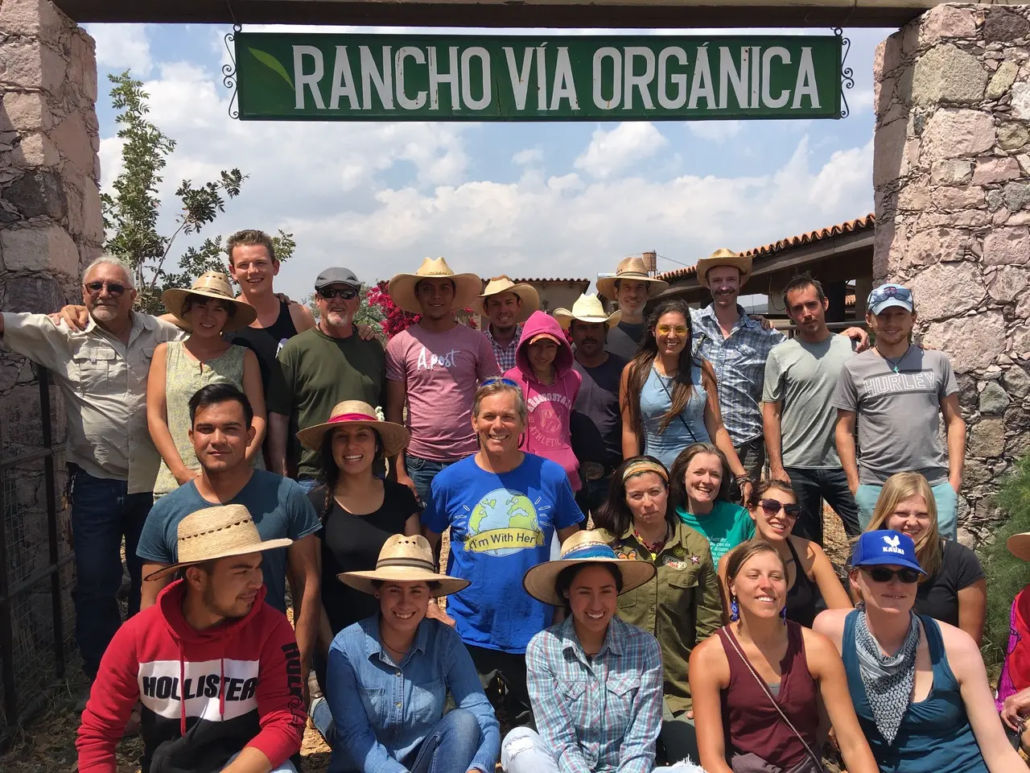
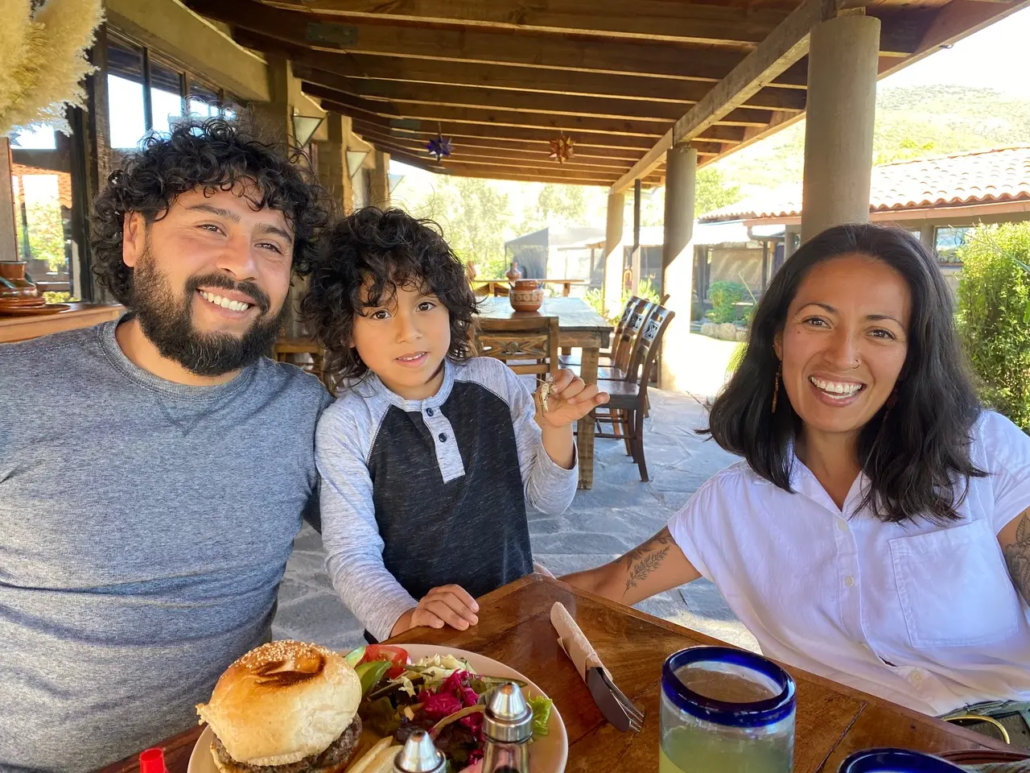
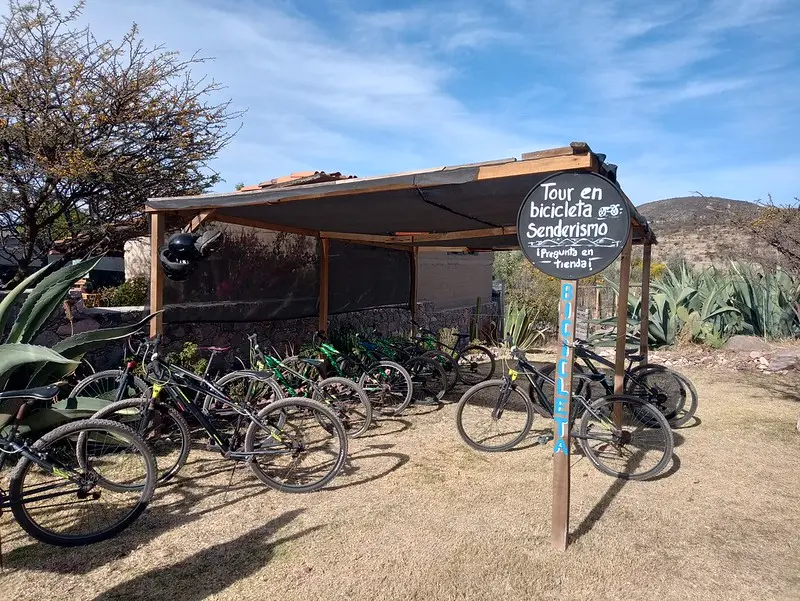
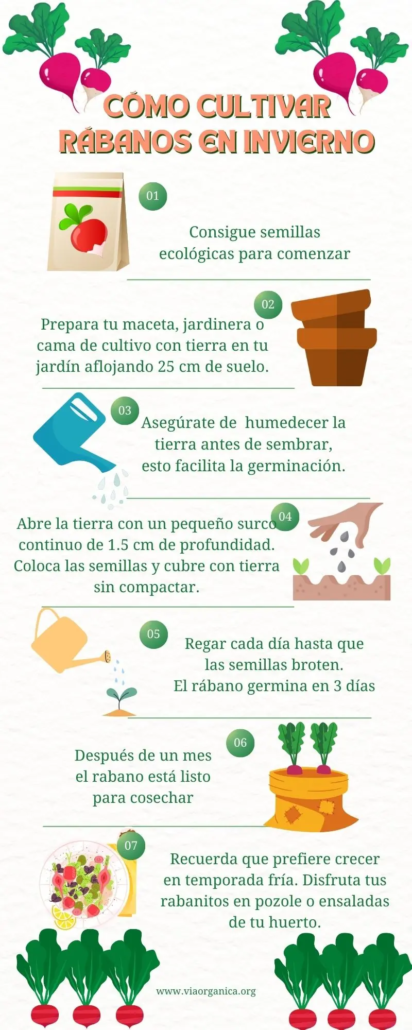
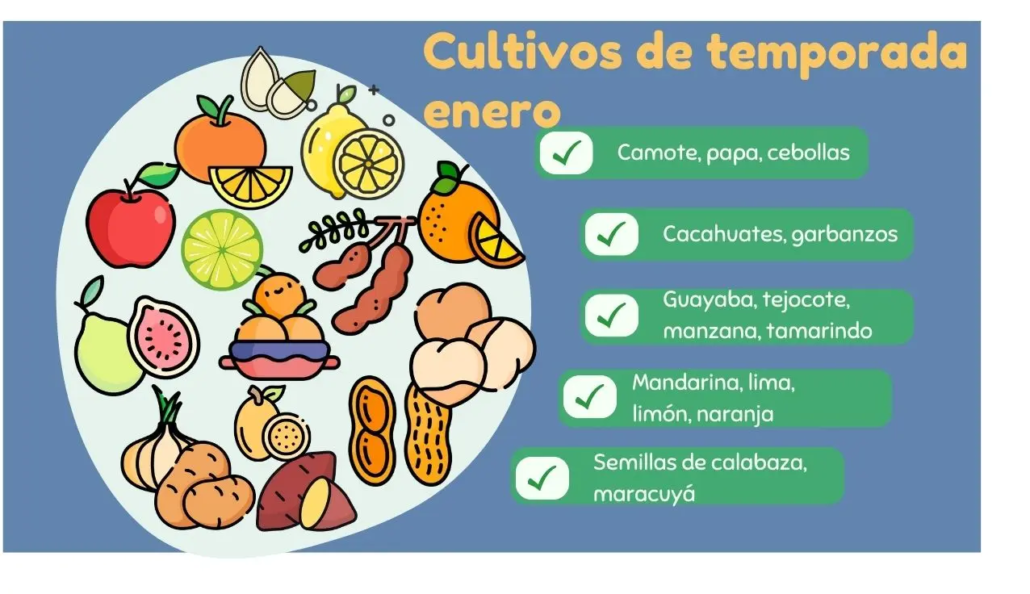
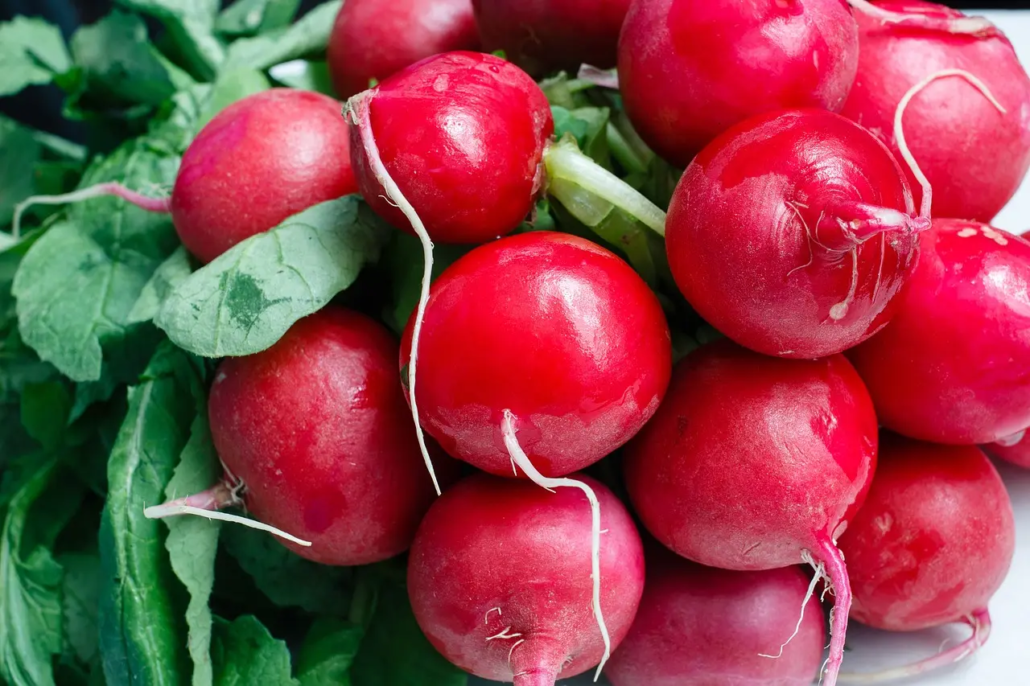
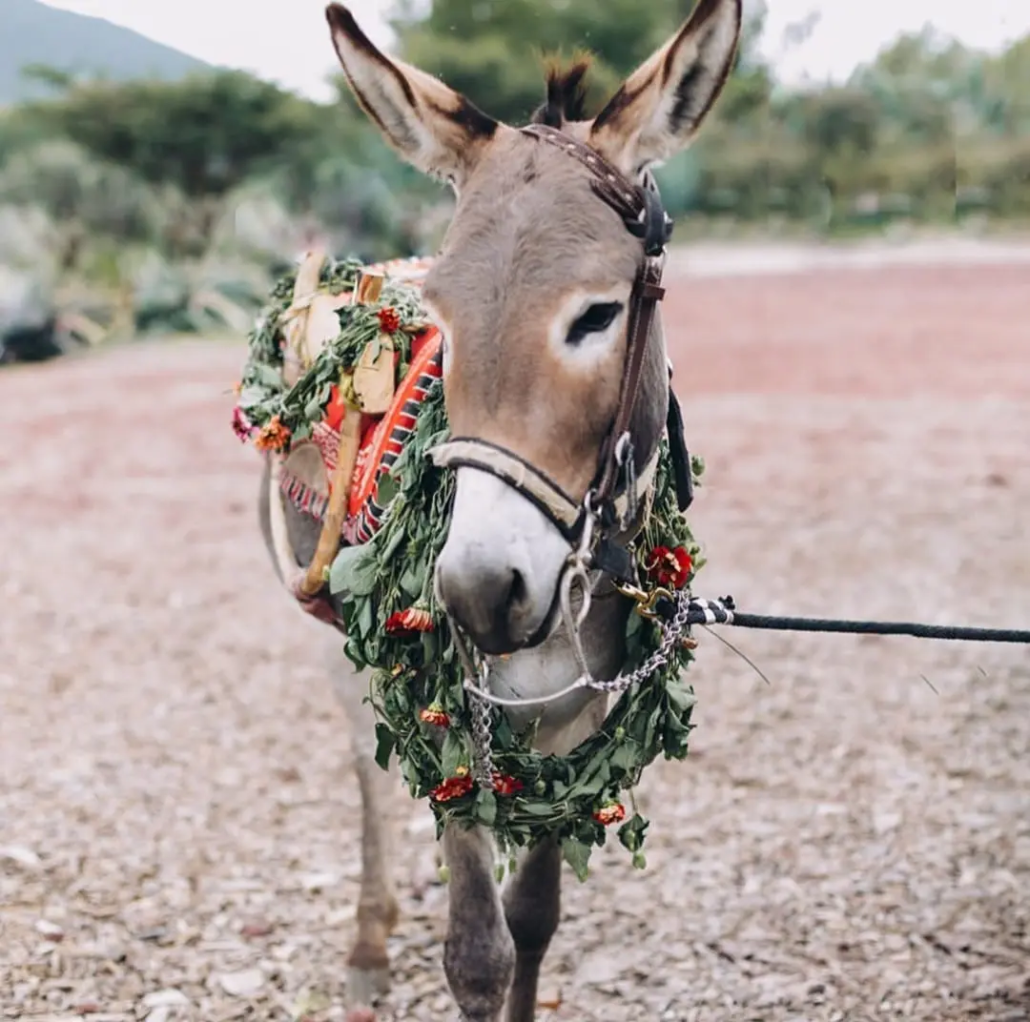

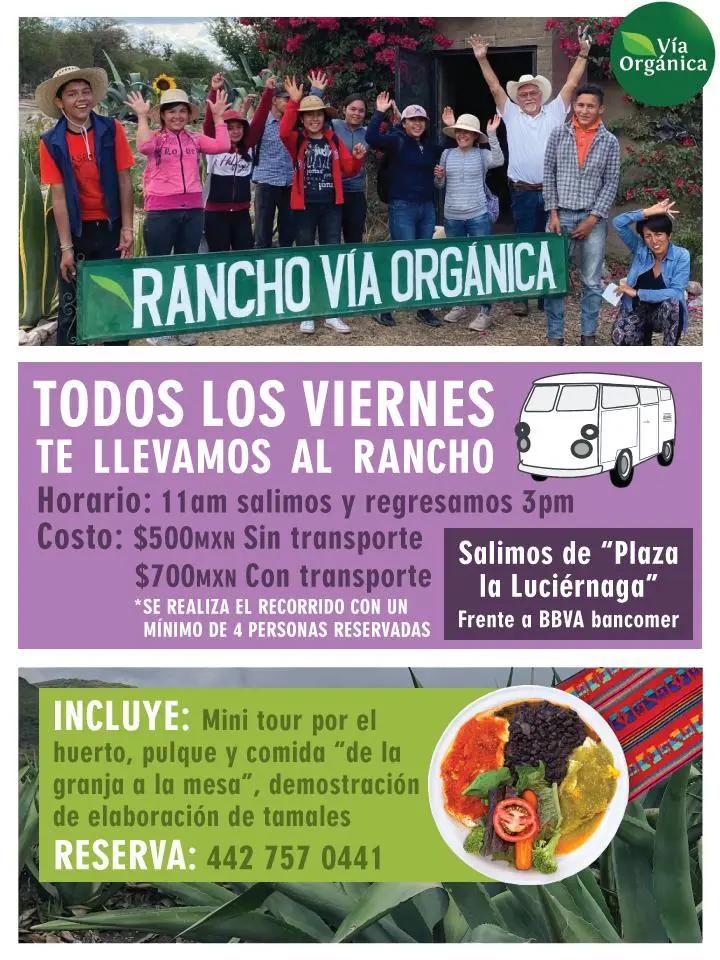 EVERY FRIDAY WE TAKE YOU TO THE VÍA ORGÁNICA RANCH!
EVERY FRIDAY WE TAKE YOU TO THE VÍA ORGÁNICA RANCH!
